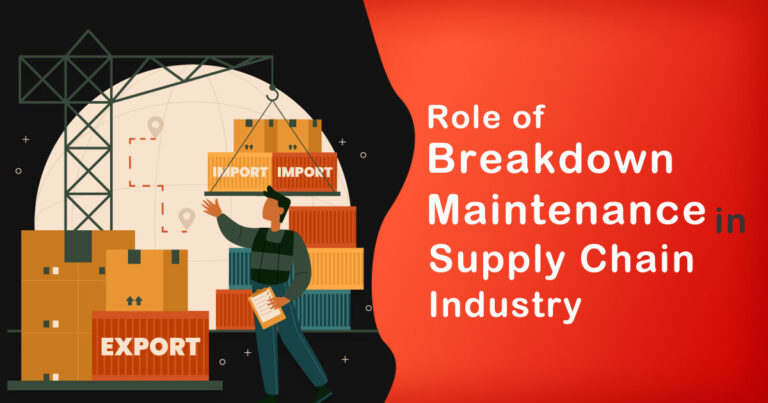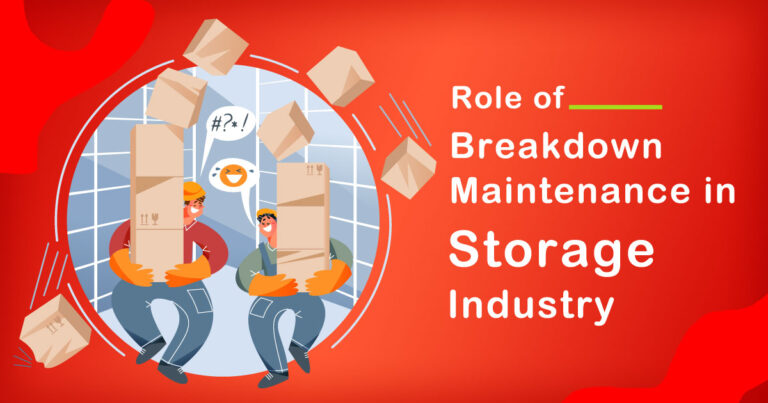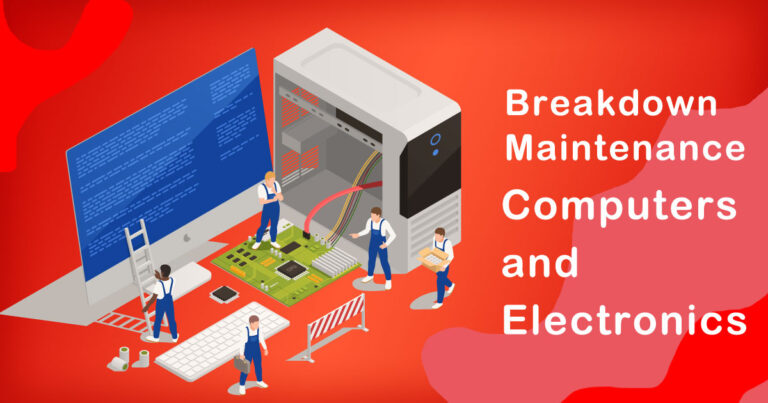Introduction
The textile industry plays a crucial role in India’s economy, employing millions of workers and contributing significantly to the country’s GDP. To ensure the smooth functioning of textile manufacturing processes, it is essential to prioritize maintenance strategies. Among various maintenance approaches, breakdown maintenance holds a vital position. In this article, we will delve into the significance of breakdown maintenance in the Indian textile industry, supported by research and facts.
Understanding Breakdown Maintenance
Breakdown maintenance, also known as reactive maintenance or run-to-failure maintenance, involves repairing or replacing equipment only when it breaks down. This approach may seem counterintuitive, as it allows the equipment to operate until failure occurs. However, when executed effectively, breakdown maintenance can offer several advantages.
Reactive Maintenance Challenges
1 Equipment Downtime and Productivity Loss
One of the major challenges faced by textile manufacturers is the loss of productivity due to unplanned equipment breakdowns. Every minute of downtime translates into lost production, increased costs, and missed delivery deadlines. With the Indian textile industry’s competitiveness on the global stage, minimizing downtime is imperative to meet market demands.
2 Cost Implications
While breakdown maintenance may appear cost-effective initially, it often leads to higher expenses in the long run. Sudden equipment failures may necessitate urgent repairs, requiring immediate availability of spare parts and specialized technicians. Moreover, repairs conducted under emergency conditions can be more time-consuming and expensive than routine maintenance.
Benefits of Breakdown Maintenance
1 Equipment Lifecycle Optimization
Applying breakdown maintenance strategically allows textile manufacturers to maximize the utilization of their equipment. By tracking failure patterns, monitoring equipment health, and performing necessary repairs, textile companies can extend the lifespan of their machinery while minimizing unnecessary downtime.
2 Cost Efficiency
Contrary to the belief that breakdown maintenance is inherently costly, implementing it judiciously can yield financial benefits. For equipment with low failure rates, investing in proactive maintenance strategies may result in unnecessary expenditures. By focusing resources on critical machinery, textile companies can optimize maintenance budgets without compromising operational efficiency.
3 Customized Maintenance Plans
Breakdown maintenance provides an opportunity to tailor maintenance plans according to the specific needs of equipment and production processes. Detailed analysis of failure patterns enables technicians to identify underlying causes and develop preventive measures that mitigate the risk of future breakdowns. This approach enhances the effectiveness of maintenance activities, leading to improved overall equipment efficiency (OEE).
Implementing Breakdown Maintenance Effectively
1 Robust Monitoring and Tracking Systems
To ensure successful implementation of breakdown maintenance, textile manufacturers must deploy comprehensive monitoring and tracking systems. Real-time data collection, coupled with predictive analytics and machine learning algorithms, can help identify equipment anomalies and predict potential failures, allowing timely maintenance interventions.
2 Skilled Workforce
A skilled and knowledgeable workforce is crucial for carrying out breakdown maintenance activities effectively. Trained technicians equipped with the requisite expertise can promptly diagnose equipment failures, conduct repairs efficiently, and ensure minimal disruption to production schedules.
3 Spare Parts Inventory Management
Maintaining an optimal inventory of spare parts is essential to support breakdown maintenance efforts. Textile companies should establish efficient supply chain mechanisms, collaborate with reliable suppliers, and adopt just-in-time inventory practices to minimize lead times and ensure quick availability of critical components.
Conclusion
Breakdown maintenance, when executed strategically, can play a pivotal role in the Indian textile industry. By addressing equipment failures promptly and tailoring maintenance plans to specific needs, textile manufacturers can optimize production processes, reduce downtime, and enhance operational efficiency. With a focus on robust monitoring systems, a skilled workforce, and streamlined inventory management, the industry can leverage breakdown maintenance as a key tool for sustained growth and competitiveness.
(Note: This article aims to provide an overview of breakdown maintenance in the textile industry and its potential benefits. Implementing a comprehensive maintenance strategy requires a detailed analysis of specific production setups and equipment conditions.)








